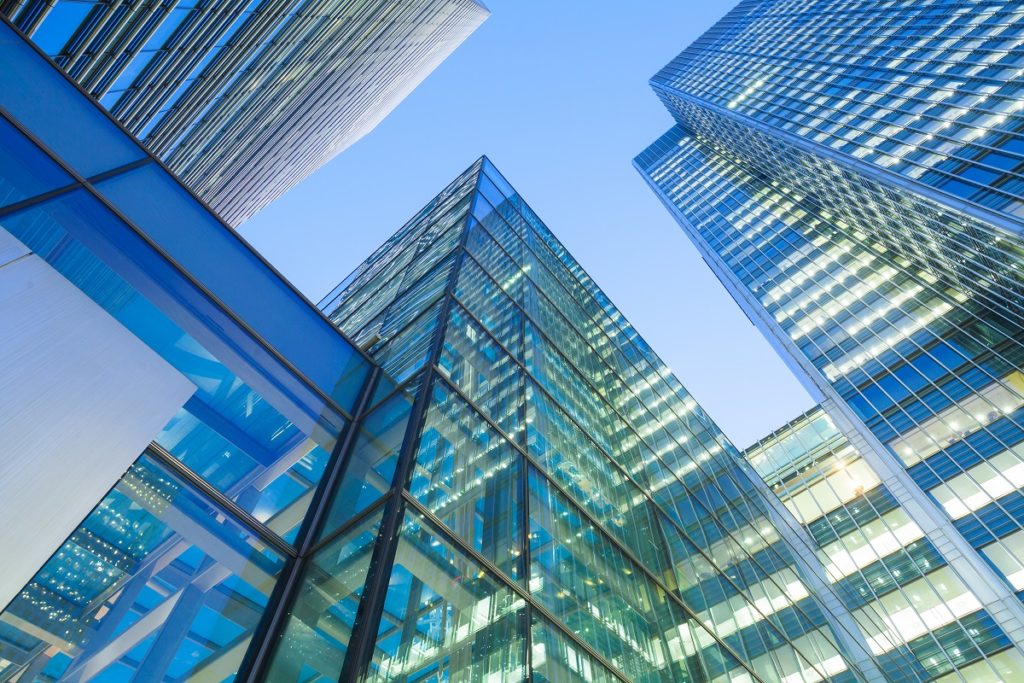In December 2020, the Indianapolis Business Journal revealed the construction of an upscale apartment complex with a hefty price tag of over $65 million. Businesses like Quaff ON!, meanwhile, are planning to expand.
Although the coronavirus pandemic continues to threaten the state’s economy, it strives to thrive. These developments, for instance, could mean a more stable construction demand. It then makes the industry a lucrative field to venture into.
But construction can be expensive to start and maintain. While entrepreneurs cannot avoid all costs, they can lower their expenses by avoiding unnecessary ones like the following:
1. Lack of Vehicle Repair and Maintenance
According to AAA, the average vehicle ownership costs in the United States rose by an average of 5% in 2020 compared to the previous year. A construction company that uses a pickup truck may now have to spend about $10,000, including its maintenance.
Therefore, it isn’t surprising that some may decide to skip on repair and regular inspection or checkup. But it could do more harm than good on their company’s coffers.
The lack of repair or maintenance makes the problem worse. Take, for example, a windshield. Composed of three layers, this part of a vehicle can take a beating well unless it happens to be a tree that has suddenly fallen. That isn’t entirely impossible in a construction business.
Changing temperatures can also damage the windshield over time, causing little cracks to appear. Allowing them to fester will eventually mean replacing the entire glass, which could cost even up to a thousand.
Whether the business needs to call a mobile glass repair service or bring the vehicle to a qualified technician, choosing to take care of the asset will save someone money in the long run.
2. Violations
One of the underrated but impactful mistakes some construction companies make is committing violations that result in penalties and other costly consequences.
Speeding, for example, can cost as much as $200, including fines and court fees. But the effects can be severe in the long term. It could potentially increase the vehicle’s insurance premium by around 25%.
In Indiana, the average bump on the insurance rate is $305. It may mean the company will have to spend $1,299 on premiums after a speeding ticket.
Construction fines can be even more expensive. In 2012, OSHA fined an Indiana firm $12,000 for failing to guarantee workers’ safety. In 2020, the agency proposed a penalty of a whopping $191,398 to another Indiana construction corporation, although the violations are still under contest.

3. Maintenance of Old Vehicles and Equipment
Vehicles and construction equipment are assets, and they can help boost the company’s balance sheets. But they can also become liabilities, especially as they get older.
Cars and trucks usually have the highest depreciation costs during the first few years. After that, they begin to taper. However, with age comes the increasing risks of breakdowns and accidents. Both of these can bring the depreciation expenses up and make maintenance costlier.
In fact, aging may mean the insurance coverage may not be enough to pay for the vehicle’s repair. Construction companies may be better off selling such assets within the fifth year when they can still hold as much of their market value. This way, too, they can upgrade and take advantage of better models.
The same idea applies to pieces of equipment like cranes, graders, and tractors. They age too, so depreciation expenses increase. Moreover, they can lower the company’s cash flow when they become unusable.
4. Rentals
Because construction vehicles and equipment are not cheap—a bulldozer could cost a whopping $30,000 for an older model—some businesses start with rentals. This setup gives them more control and flexibility over their budget. They pay only when they need the asset and avoid spending on its repair and maintenance.
However, as the company grows, it needs to invest in its fleet or equipment. One, it spares them from paying the rising rental costs. Second, it may make closing deals easier as clients know the company has the tools to do the job as soon as possible.
Besides, if the business no longer needs the asset or considers upgrading it, it can always sell it and pay less for a new piece of equipment.
History tells everyone that, with every fall, is a rise. The economy will eventually recover, allowing the likes of construction to flourish further. But those who want to engage in it needs to be ready for the costs and learn to manage them accordingly to increase profits.

